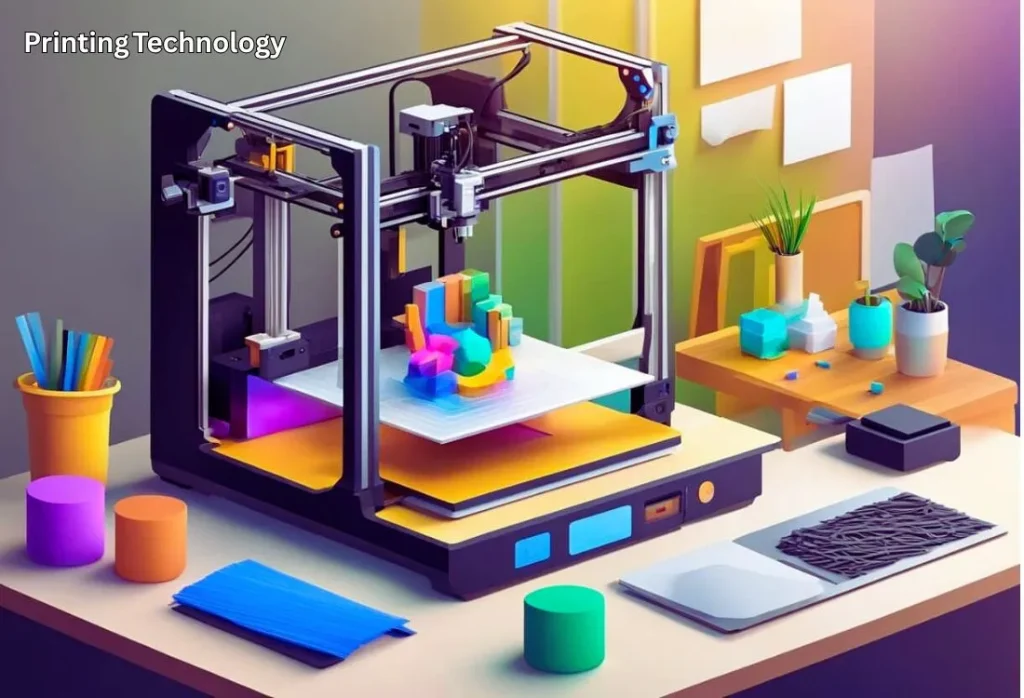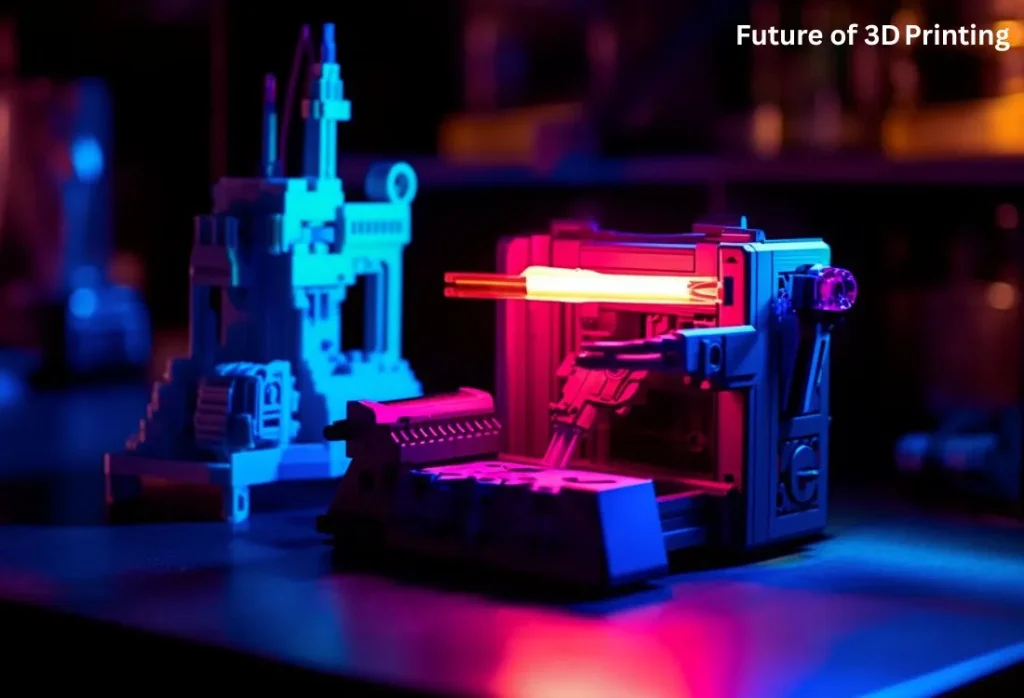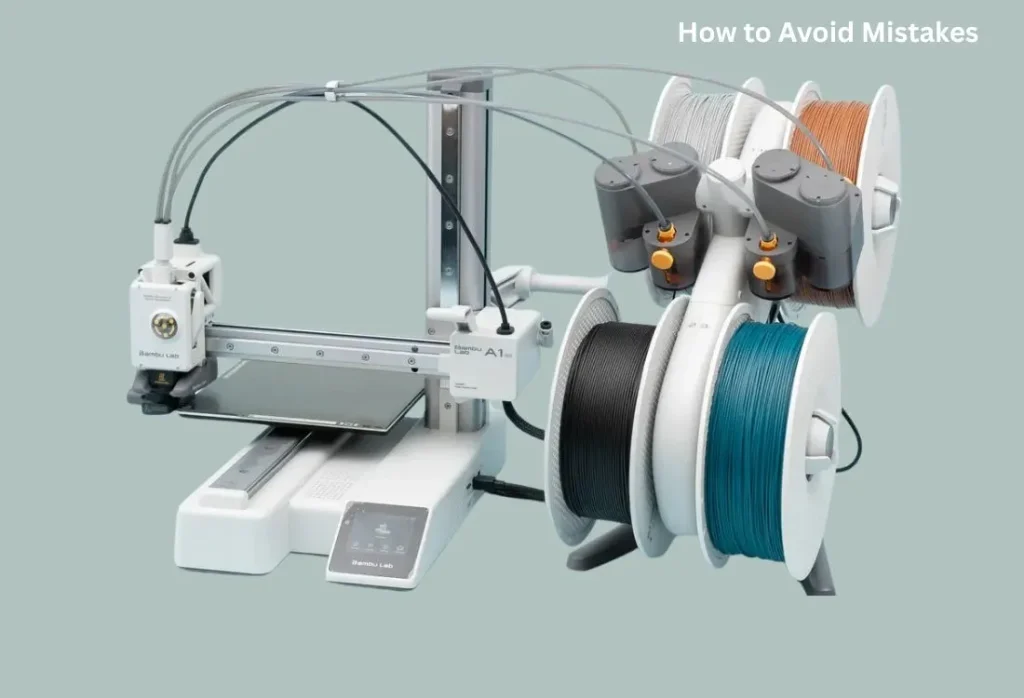Imagine turning an idea into a physical object in the comfort of your workspace. With modern 3D printing technology, that’s no longer a futuristic dream. It’s happening now. Whether you’re a DIY creator or a small business owner, the tools to print, design, and build are more accessible than ever. This article will guide you through how 3D printing unlocks creativity, drives business value, and opens doors you never thought possible. By the end, you’ll feel confident to dive in.
What Is Modern 3D Printing Technology?
3D printing, also known as additive manufacturing, enables the creation of an object by building it layer by layer from a digital design. Let’s break it down simply. First, you create or source a 3D model on your computer. Then you send it to a printer that deposits or fuses material layer after layer until the physical object emerges. That is how modern machines work. Over time, they have become faster, more precise, and more affordable.
In the past, 3D printing mainly served engineers and prototype labs. Today, it serves hobbyists, entrepreneurs, and even classrooms. Modern 3D printing technology offers features such as multi-material printing, finer resolution, and a wider range of materials, including plastics, metals, resins, and composites. For people interested in creativity or business, this is the moment.
These rapid 3D Printer Innovations are changing how people create and produce. For example, desktop printers can now combine flexible and rigid materials in one print, making it easier to design custom phone cases, tools, or miniatures at home.

How 3D Printing Inspires Unlimited Creativity
When you hold an object that you designed, printed, and finished yourself, it changes how you view creation. For DIY enthusiasts, 3D printing offers the chance to experiment with shapes, colors, and functionality. You can build custom phone stands, figurines, tools, or decorate your space with one‑of‑a‑kind items. For business builders, the creative possibilities scale up: you can design unique products, small production runs, or customized offerings that appeal to niche markets.
Because modern 3D printers support complex shapes, you are not limited by traditional manufacturing constraints. You can print hollow items, interlocking parts, or intricate lattice structures. This freedom lets your imagination roam. And since many printers now support more materials and finer detail, the end result looks finished and professional.
Moreover, 3D printing invites experimentation. You can tweak your design, print again, refine, and print better versions. The cycle is short. That means you learn faster. You iterate faster. You get creative feedback faster. That is powerful. Especially when you’re trying to build a business or hone your craft.
The Benefits of Modern 3D Printing
There are many advantages to picking up modern 3D printing technology for either hobby or business use. First, speed and cost. Compared to traditional manufacturing, on‑demand prints often cost less and take less time. You don’t need large molds or tooling. You don’t need large minimum orders. For small business owners, that means lower risk and faster go‑to‑market.
Second, customization. You can tailor objects to specific needs or preferences. Want a colorful headphone stand with your initials? No problem. Want an aftermarket part designed for a niche machine? You can do that. Customization adds value, sets you apart, and often lets you charge more.
Third, innovation. When you are not locked into mass‑production tooling, you can change designs easily. You can test new ideas. You can experiment with materials. You can make improvements. This flexibility nurtures innovation.
Fourth, sustainability. Modern 3D printing technology uses only the material needed in many cases, meaning less waste than subtractive methods. Also, local production is possible, reducing shipping and inventory costs. For DIYers who care about their carbon footprint, that is a bonus.
Finally, scaling potential. What starts as a hobby project can become a business. A creator prints a few items for friends. Then they list products online. Then they upgrade their printer or workflow. Before long, they manage a small-scale production line. Modern printers make that feasible.

DIY 3D Printing Projects You Can Start With
If you’re just getting started, think simple and fun. A basic 3D printer, a few hours, and some filament or resin can give you your first successful print. Choose an item you really want, design it (or download a model), adjust settings, print, and finish it. That cycle teaches you a lot.
For example, try printing a phone stand with a twist—maybe your name or a fun shape. Or print a custom cookie cutter, or a planter with an unusual pattern. These small wins build confidence. Then you can move into more complex items: multi‑part assemblies, accessories, or small business‑ready items like custom keychains or home décor.
Also experiment with material finishes. A colorful PLA print looks nice, but you can smooth it, paint it, or coat it to elevate the appearance. Finishing touches matter if you are showing your creations or selling them.
As you grow, you might explore printing with resin for finer detail, or using flexible filament for unique textures. Also think about workflow: design time, print time, finishing time, and cost. Knowing your total investment will help if you shift into business use.
3D Printing for Small Businesses
Modern 3D printing technology opens doors for entrepreneurs. It lets you be agile. It lets you offer something unique. In the USA, many small-scale businesses are leveraging this tech to produce custom jewelry, home décor, prototypes for inventors, aftermarket parts, and niche gift items.
Imagine this scenario: You design a line of custom desk accessories. You buy a reliable 3D printer. You print limited runs. You photograph your items. You list them on an online marketplace or your own website. Orders come in. You print them. You finish and ship. You iterate the design based on feedback. You build a brand. That path is real.
The key is to treat the 3D printer as a tool, not a hobby toy. Invest time in learning your machine, the materials, the finishing work. Emphasize quality. A well-finished item builds reputation. Word of mouth, reviews, social media posts—all matter.
Also think about variety and uniqueness. Customers like items that feel special. Use 3D printing to offer personalized options: names, dates, colors, textures. That gives your business an edge over mass-produced items.
Finally, watch cost structure and pricing. Material cost, printer time, finishing labor, shipping—all feed into your pricing. But remember: the no-tooling, no-mold nature of 3D printing keeps overhead low. That means you can test new product ideas cheaply before scaling up or investing in other manufacturing methods.

The Future of 3D Printing Technology
What’s next for 3D printing? Quite a lot. Several emerging trends will influence how creators and businesses use the technology.
One trend is the integration of artificial intelligence and automation. 3D printing is increasingly being connected with AI, robotics, and software automation to speed up and optimize prints. That means less manual setup, smarter design tools, and faster outputs.
Another trend is material innovation. New filaments, resins, composites, and print-ready materials are arriving. Materials with better strength, heat resistance, flexibility, biocompatibility, and aesthetic appeal are becoming available. For someone using a 3D printer for business or high-quality personal projects, material choice is becoming a key differentiator.
Large-format printing also grows. Printing bigger items, or multiple parts in a single run, broadens the kinds of products you can make. On the flip side, ultra-fine micro-printing is expanding too—tiny parts, intricate details, embedded electronics. So whether you want a custom home décor item or a tiny mechanical part, the technology is moving to allow both.
Hybrid manufacturing is another point. Combining 3D printing with traditional methods—CNC machining, injection molding, post-processing—is becoming more common. That means small business owners can adopt printing as part of a larger workflow. Sustainability is also front and center. Many users and manufacturers care about reducing waste, localizing production, and using eco-friendly materials. 3D printing supports all that.
All of these trends mean one thing: Now is a great time to explore creativity with a modern 3D printer. The tools are better, the costs lower, and the ecosystem more supportive.
Tips for Choosing the Right 3D Printer
Selecting a 3D printer might feel overwhelming—but you can make a smart choice by focusing on a few key factors. First, your purpose. Are you printing hobby items or business products? If you aim for small-batch production, you might need a printer with good reliability, decent build volume, and compatible materials. If you’re just starting, a budget printer with good support and community can suffice.
Second, material compatibility. Check what filaments or resins the machine supports. PLA and ABS are standard. But if you plan to print flexible items, or items that need durability, look for printers that handle TPU, nylon, or resin. Third, build volume matters. If you want to print large items, you need a printer with a big build area. If most of your prints are small, a standard size works well. Fourth, ease of use and community support. A machine with an active user community, accessories, tutorials, and good customer service will save you time and frustration. Fifth, cost of operation and maintenance. Beyond the printer price, consider material cost, finishing tools, and how much time you will spend. A quick, reliable printer often saves you more than a cheaper, slow model.
For business use, think about repeatability and reliability. A print that fails or requires a lot of finishing eats your profit. A good printer keeps consistency high. Also think about upgrade path. As your business grows, you might want to expand to larger machines or higher-quality materials. Choosing a machine from a manufacturer that supports upgrades is smart.
Finally, stay informed. The 3D-printing ecosystem evolves fast. New features, materials, workflows appear every year. Joining maker groups, following blogs, and watching trends gives you an edge.

Common Mistakes and How to Avoid Them
When you’re starting with 3D printing, mistakes happen. They’re part of the learning process. But you can avoid many common pitfalls if you know what to watch for.
One mistake is underestimating finishing time. That nice print you make still may need sanding, cleaning support structures, painting, or post-curing. Always allow time for finishing if your product will be sold or shown.
Another error is ignoring material quality and settings. Cheap filament may lead to poor adhesion, warping, or weak parts. Calibrate your printer, use recommended settings, and note the material behavior. Third, overlooking design for printability. A design that looks great in software may not print well if it has unsupported overhangs or too thin walls. Learn basic design rules for your printer and material.
Fourth, blind scaling. Just because you print a prototype doesn’t mean the same printer will handle industrial-quality production without upgrades. If you aim for business use, test scalability early. Fifth, poor inventory and cost control. Even though 3D printing lets you bypass large tooling cost, materials, labor, finishing, packaging, and shipping all add up. Track your actual cost per unit so you price correctly.
Finally, skipping continuous learning. 3D printing changes fast. Materials, machines, workflows improve yearly. What works this year may be less optimal next year. Stay curious, test upgrades, and refine your process.
Conclusion & Call‑To‑Action
The world of modern 3D printing technology is wide open for you. Whether you’re making a fun DIY project at home or launching a small business based on print-on-demand creativity, the tools are ready and the ecosystem supports you. The benefits of speed, customization, innovation, and sustainability are real. The future trends—material advances, automation, large-format and micro-printing—mean the possibilities keep expanding.
If you’ve been curious about getting started, this is your moment. Pick a project, choose a 3D printer that matches your goals, test it, and refine your workflow. Create something you’ve never seen before or add your personal touch to a tried design. Share your work, connect with other makers, and keep learning.
Ready to explore your creative side with a modern 3D printer? Start today and let your imagination take physical form.
Frequently Asked Question
What is the best 3D printer for beginners?
A good beginner printer has a strong user community, easy setup, reliable prints, and good support. Select one option based on your budget and the type of print you want to achieve.
How long does it take to print an object?
Print time varies based on size, complexity, material, and settings. A small figurine may take under an hour to complete. A large or detailed part may take several hours or more to complete.
Can I make money with 3D printing?
Yes. Many creators build small businesses selling custom items, prototypes, or low-volume runs. Success depends on design uniqueness, quality, finishing, cost control, and marketing. The low overhead of 3D printing helps.
What materials are used in 3D printing?
Common materials include PLA, ABS, PETG (plastics), resin (for high detail), nylon or composites (for durability), and even metals or ceramics in advanced machines.
Is 3D printing environmentally friendly?
In many cases, yes. 3D printing often utilizes only the necessary material, reduces waste, and promotes local production. Choosing greener materials and efficient workflows makes a difference.
